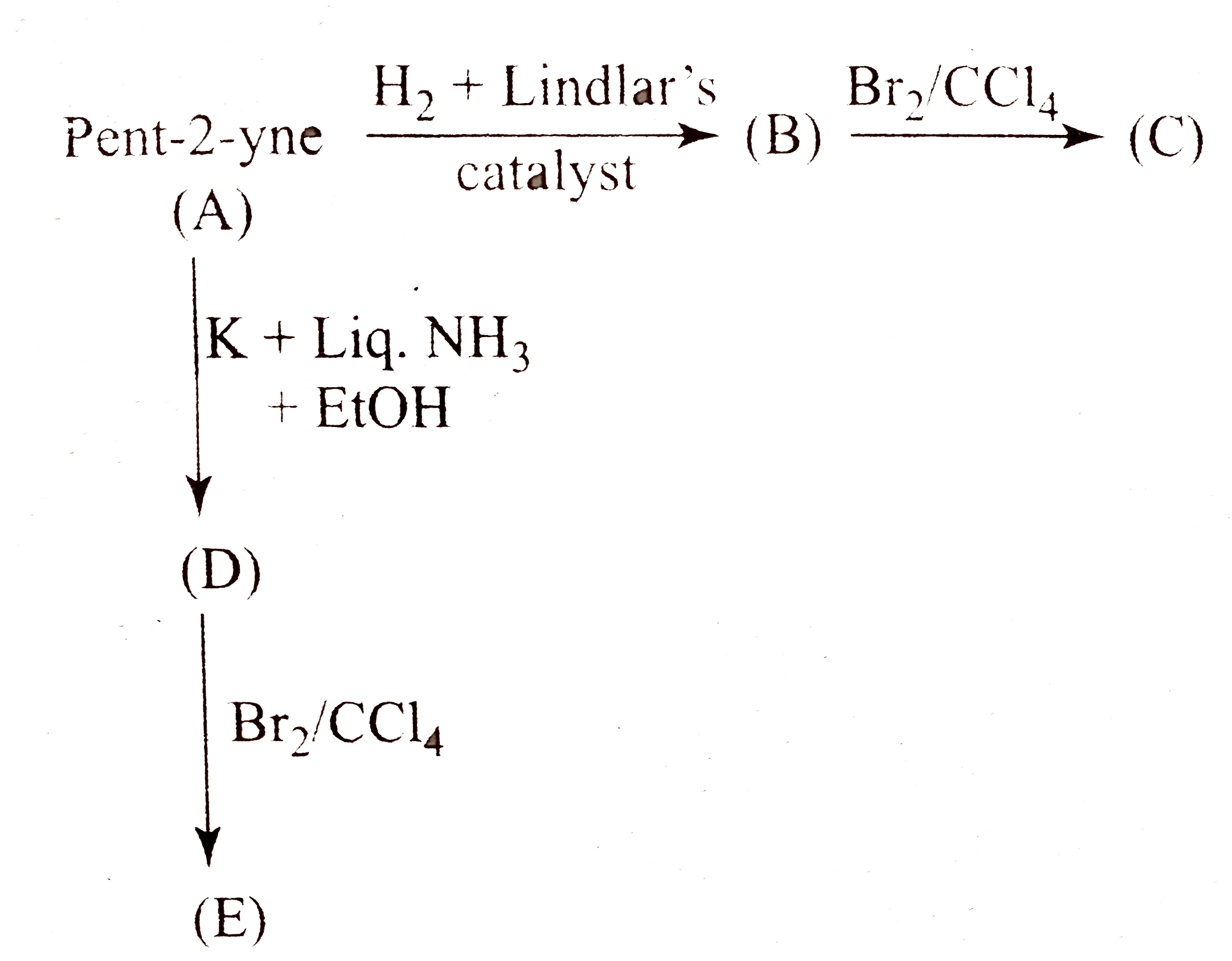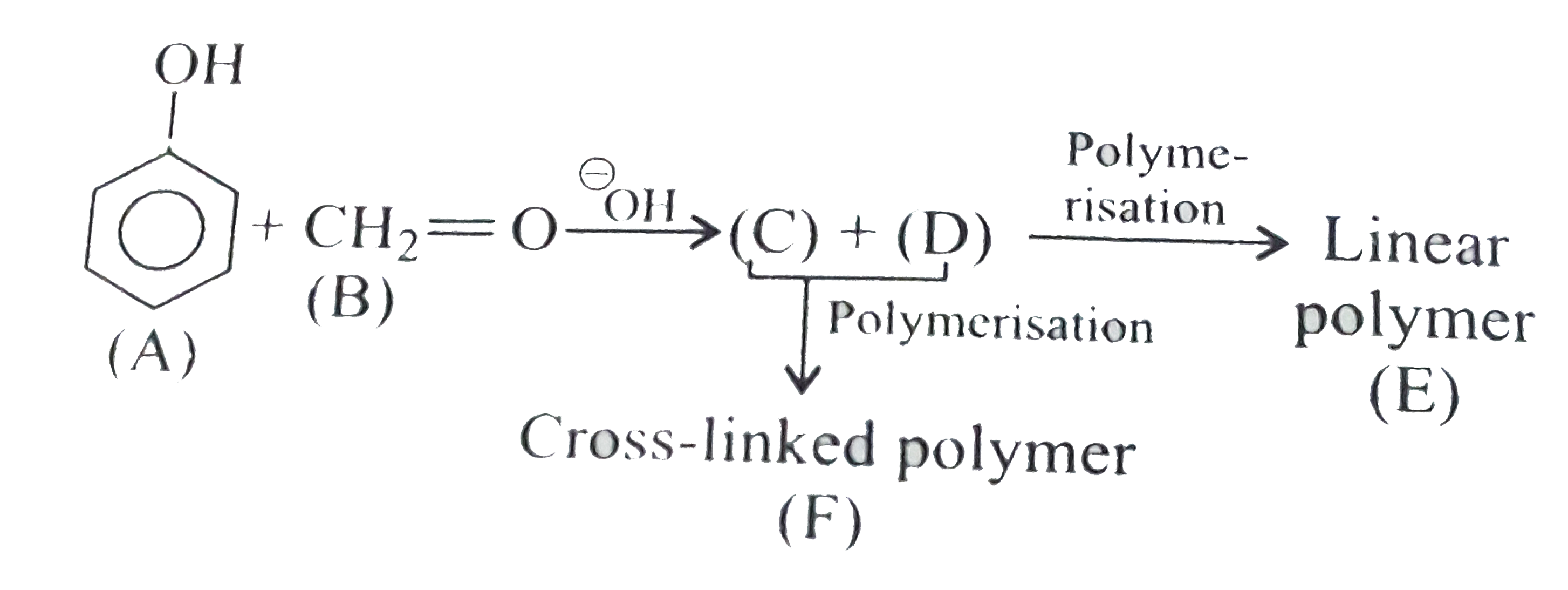 , Compound (C) is:
, Compound (C) is:
A
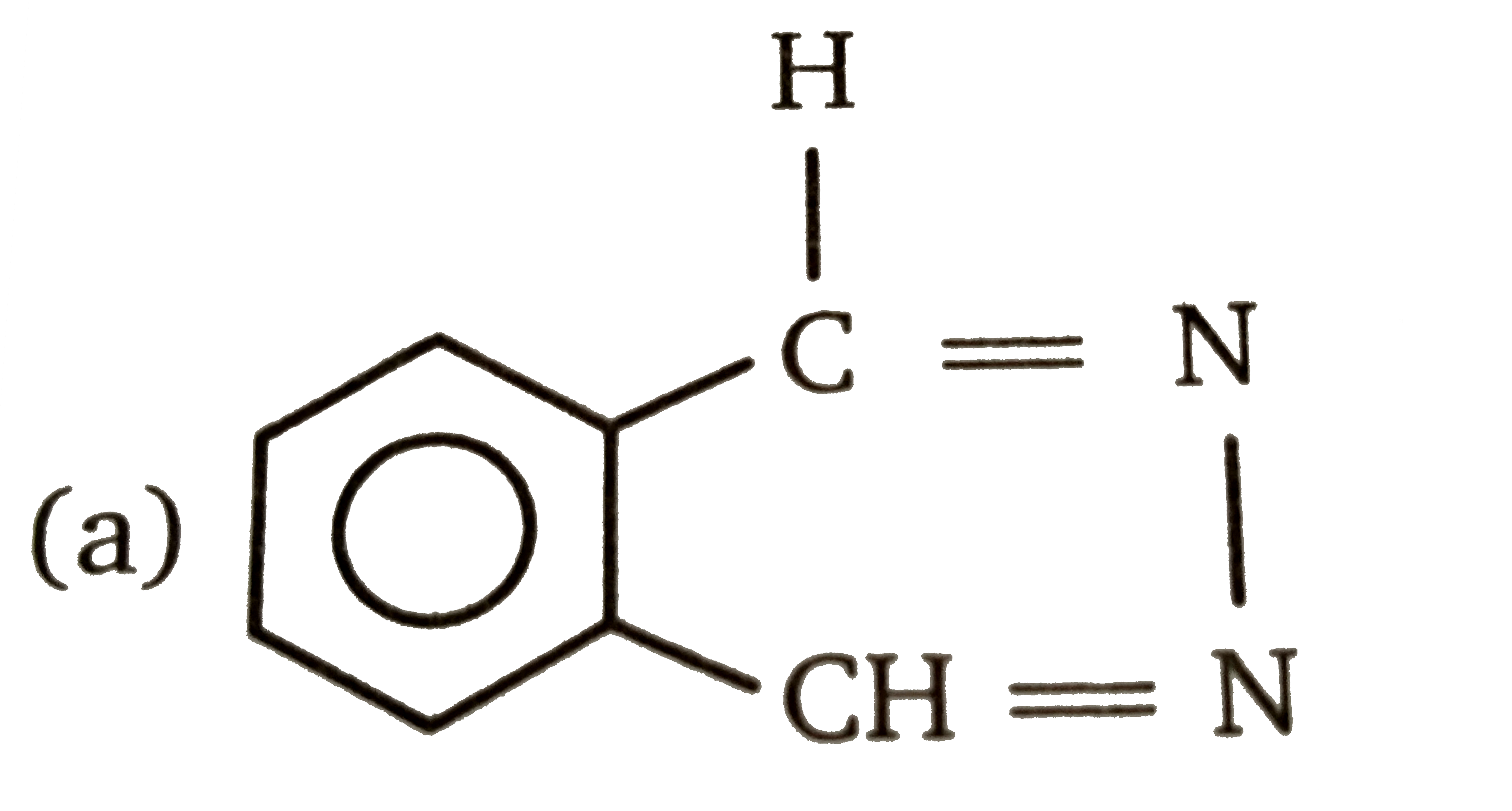
B
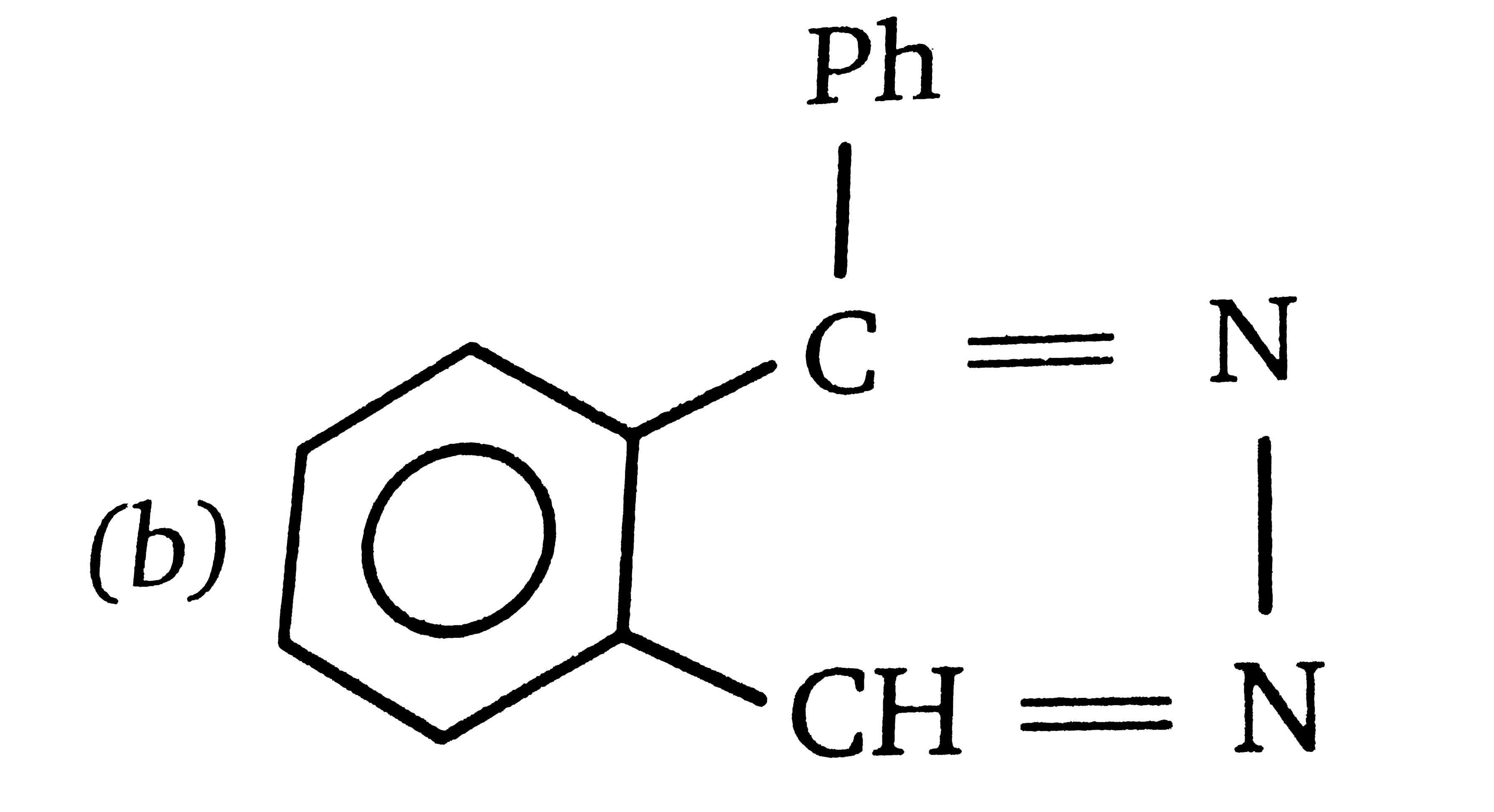
C
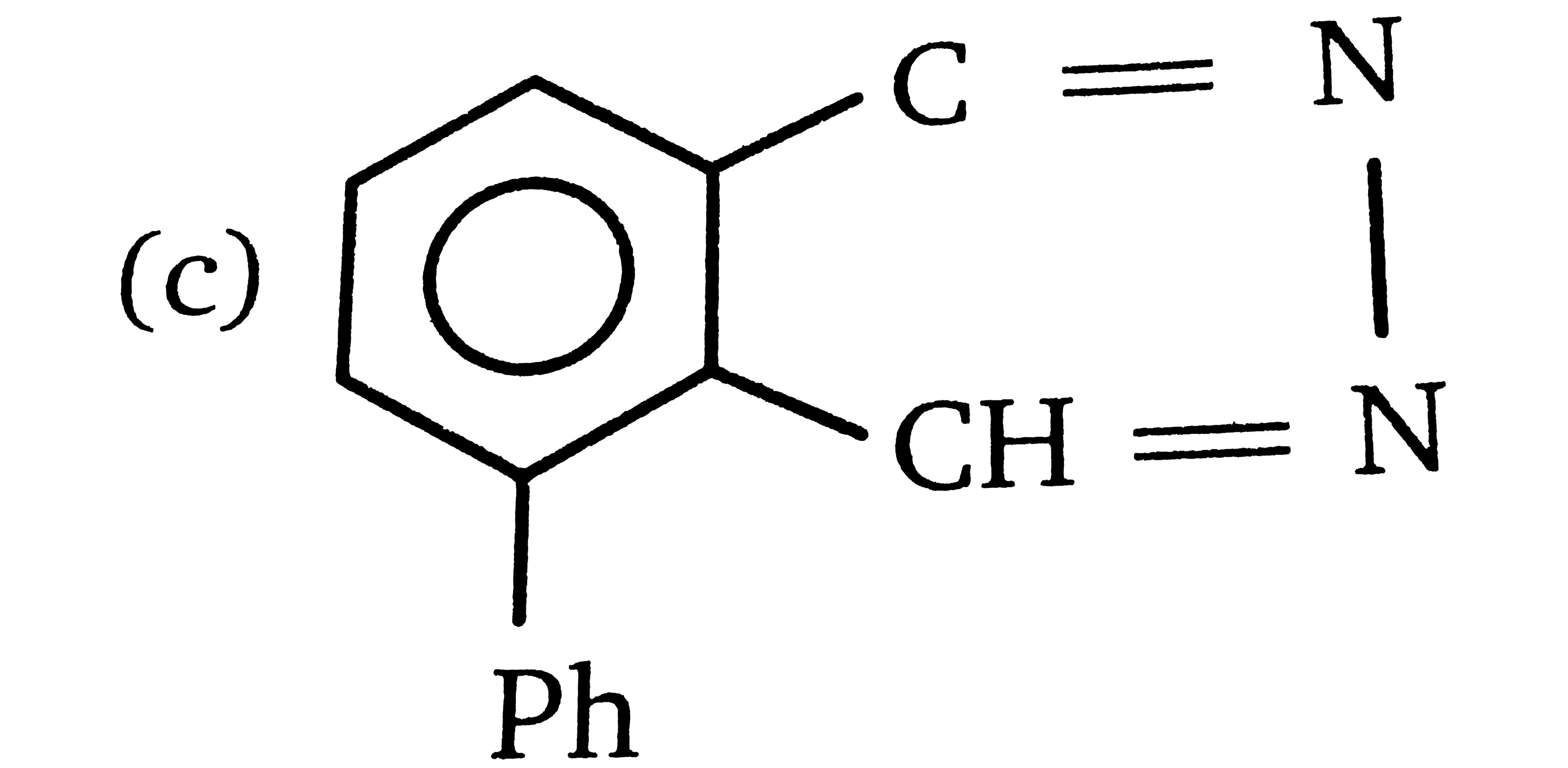
D
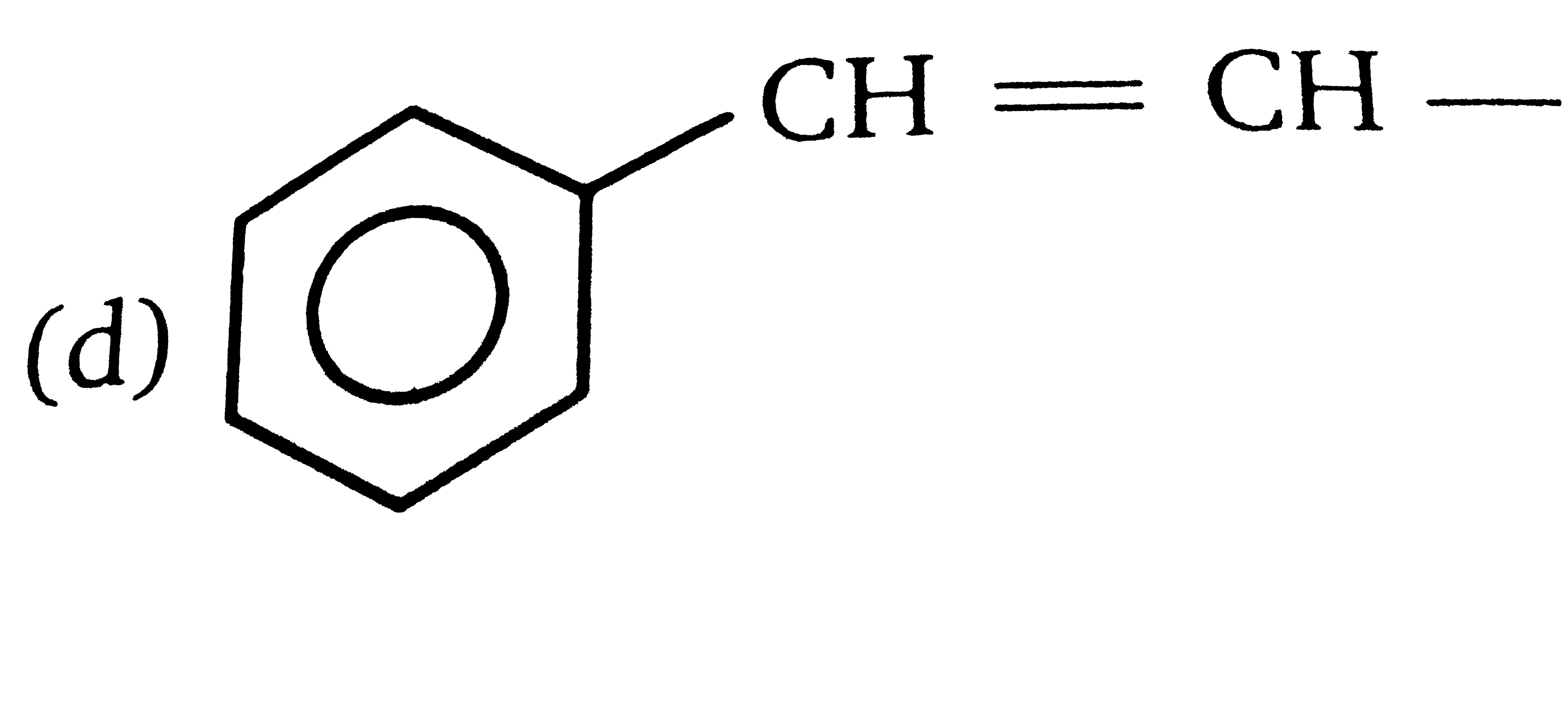
Video Solution
Text Solution
The correct Answer is:B
(A) 
|
Topper's Solved these Questions
- AROMATIC COMPOUNDSBook:MS CHOUHANChapter:AROMATIC COMPOUNDSExercise:Level 1 (Q.31 To Q.60)
Explore 1 Video
- AROMATIC COMPOUNDSBook:MS CHOUHANChapter:AROMATIC COMPOUNDSExercise:Level 1 (Q.121 To Q.150)
Explore 3 Videos
- AN INTRODUCTION TO ORGANIC REACTIONS AND THEIR MECHANISMS ACIDS AND BASESBook:MS CHOUHANChapter:AN INTRODUCTION TO ORGANIC REACTIONS AND THEIR MECHANISMS ACIDS AND BASESExercise:ADDITIONAL QUESTION (SINGLE CORRECT CHOICE TYPE )
Explore 32 Videos
- BIOMOLECULESBook:MS CHOUHANChapter:BIOMOLECULESExercise:Level 2
Explore 1 Video
Similar Questions
Knowledge Check

Compound (C) in above sequence of reaction is:A B
B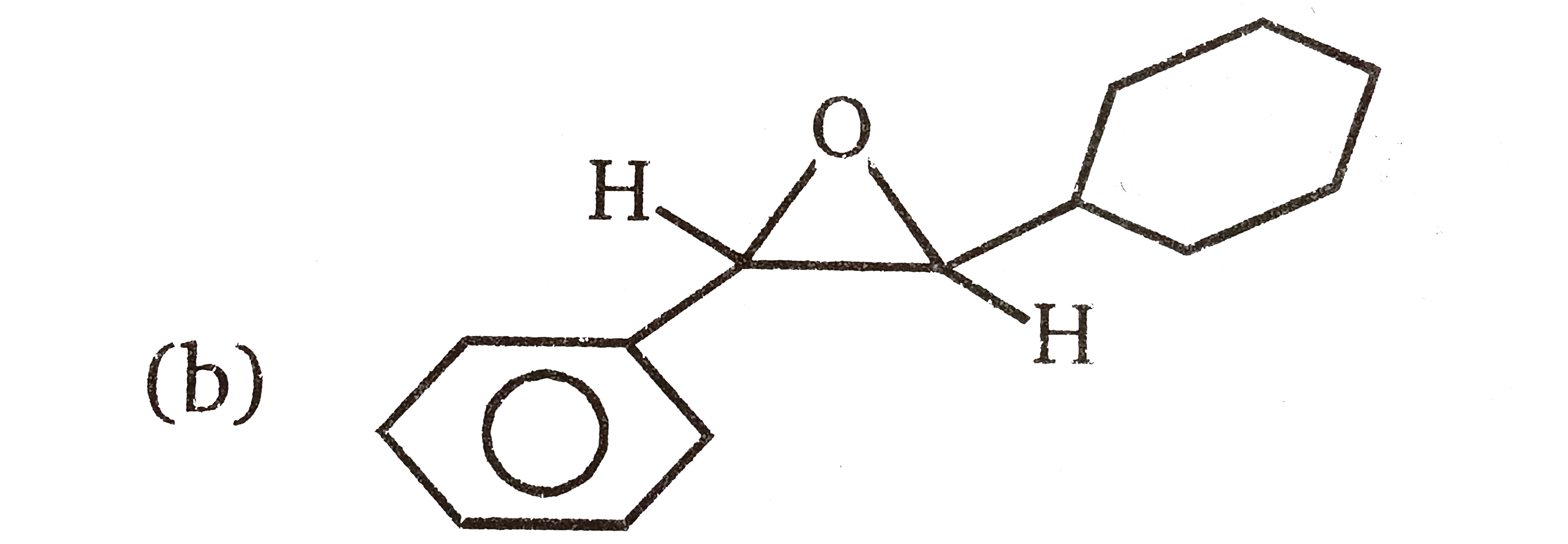 C
C D
D
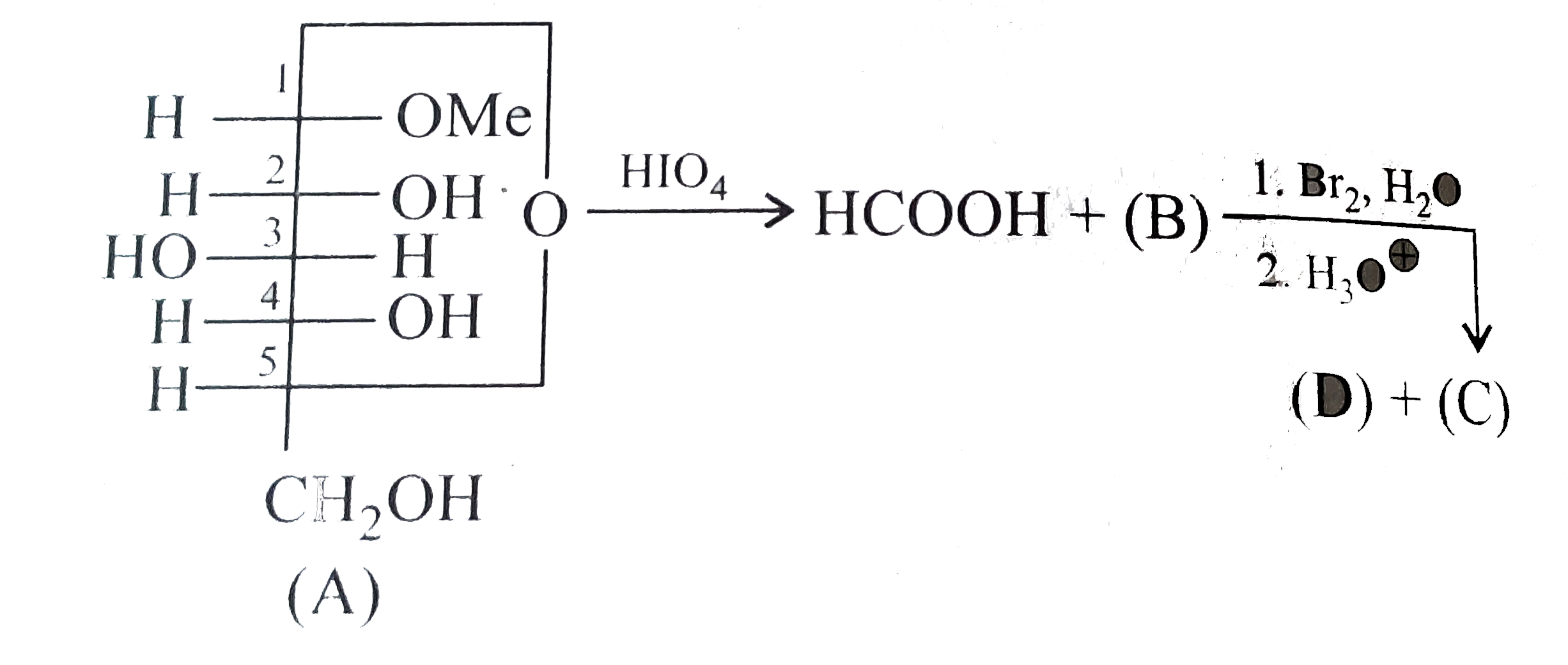
Compound (C) and (D) are:A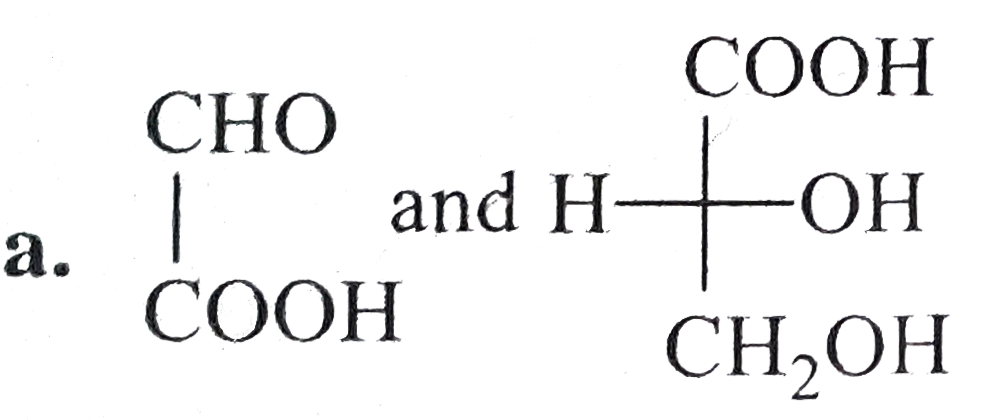 B
B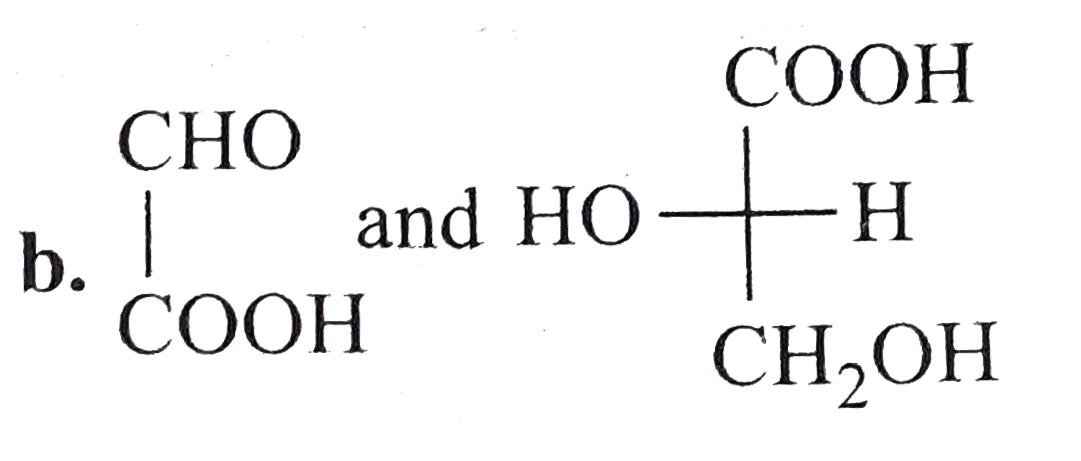 C
C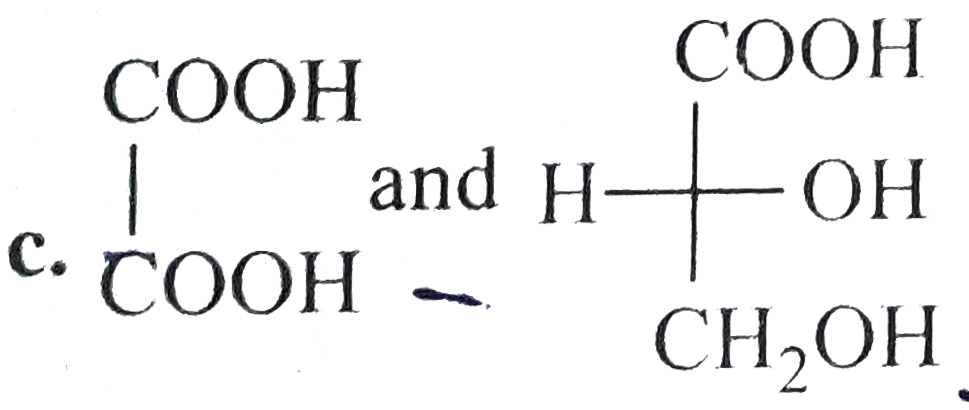 D
D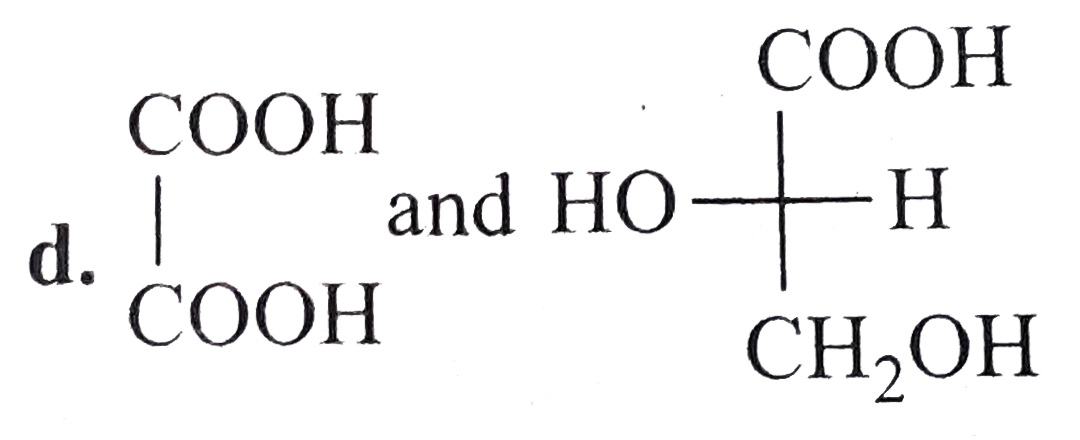
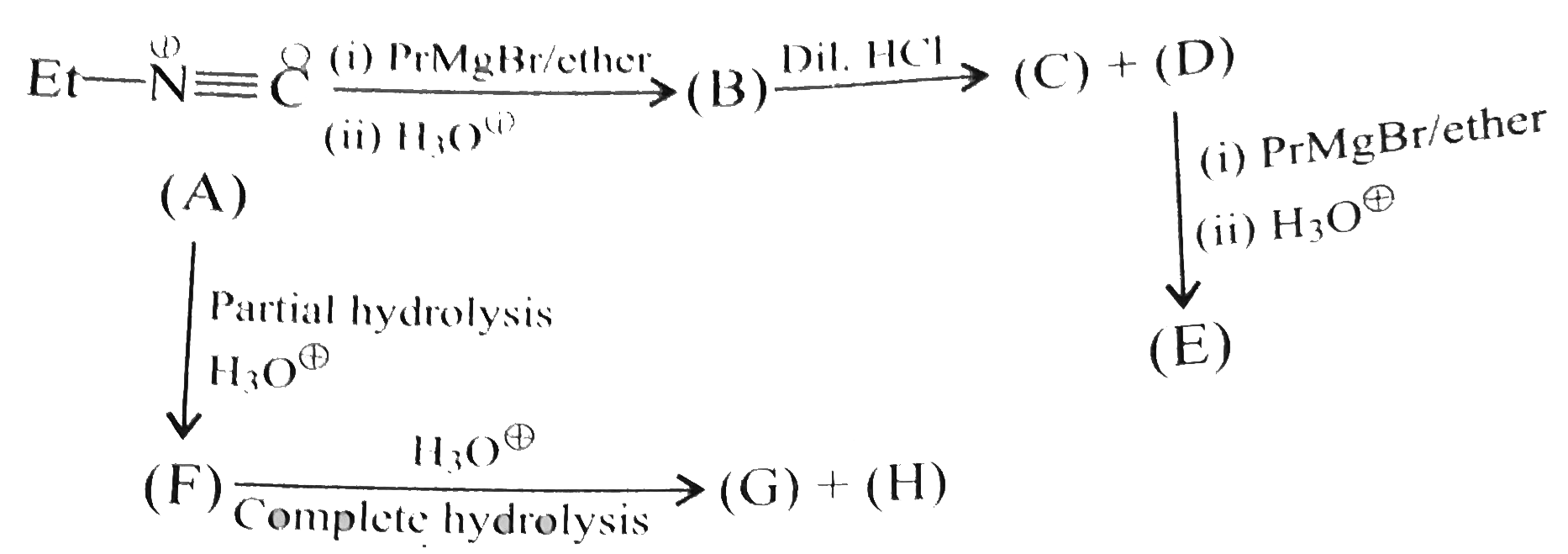
The compounds (C) and (D), respectively, are :AEtNH2 and PrCH=OBEt−NH−Pr and HCOOHCPrNH2 and EtCH=ODEtNH2 and PrCH2OH.
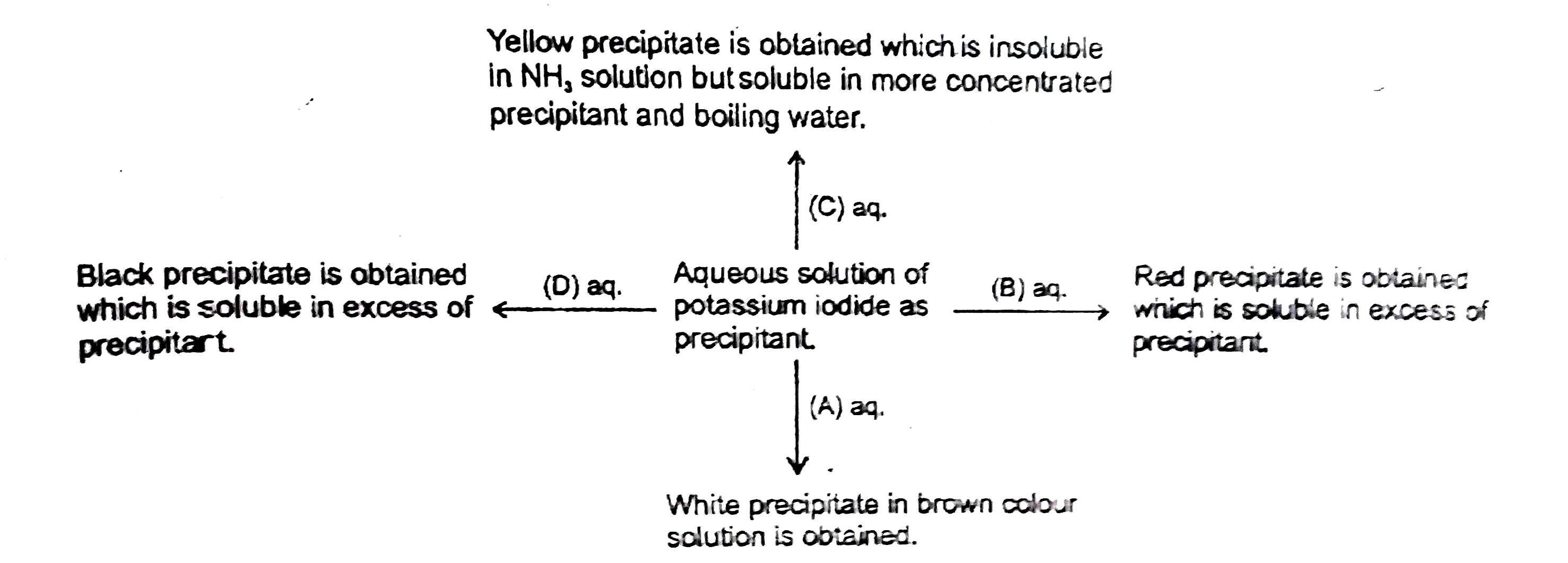
Compounds (C ) and (D) respectively are :
View Solution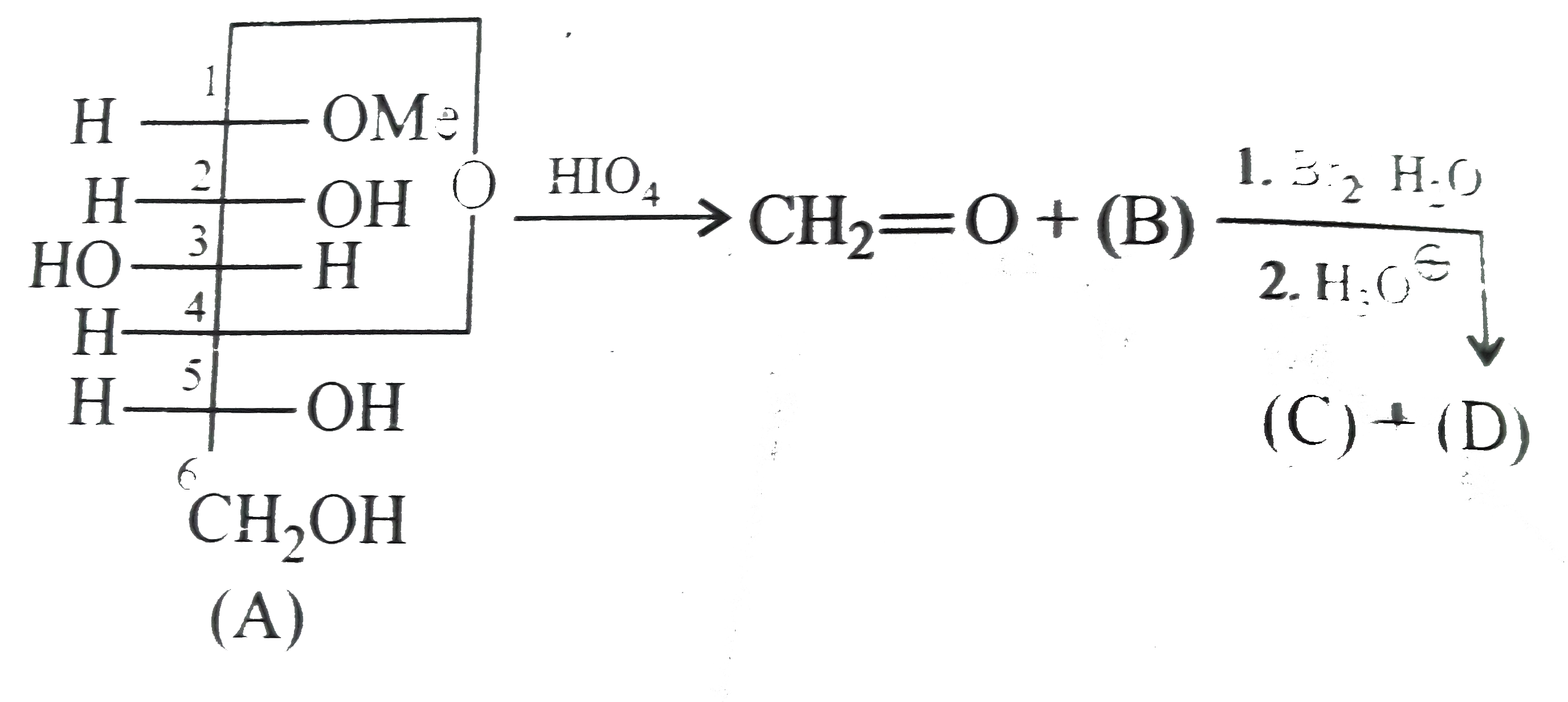
Compound (C) and (D) are:
View Solution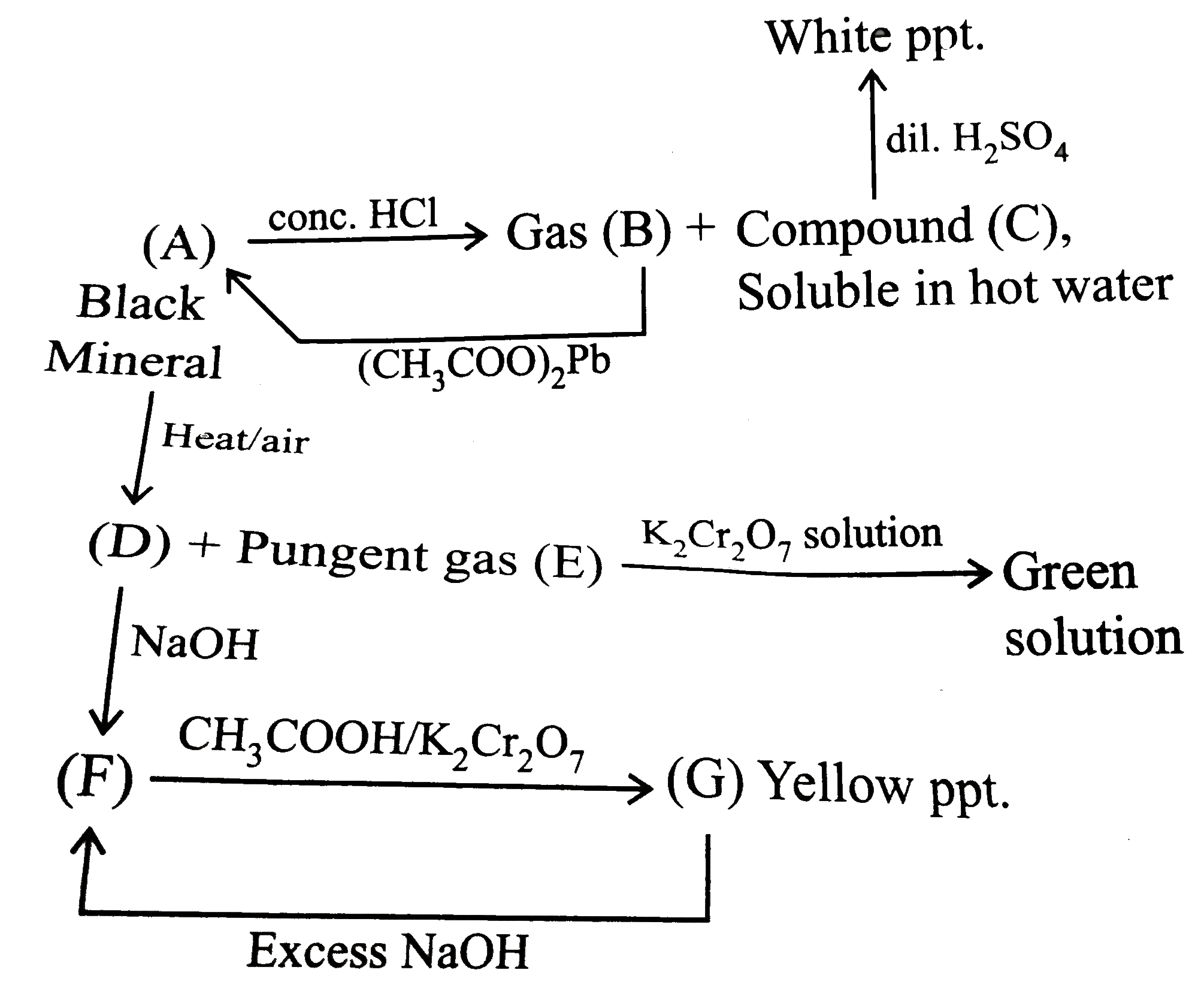
Compound (C ) and (D) rae respectively
View Solution
Compounds (C) and (D) can be distinguished by :
View Solution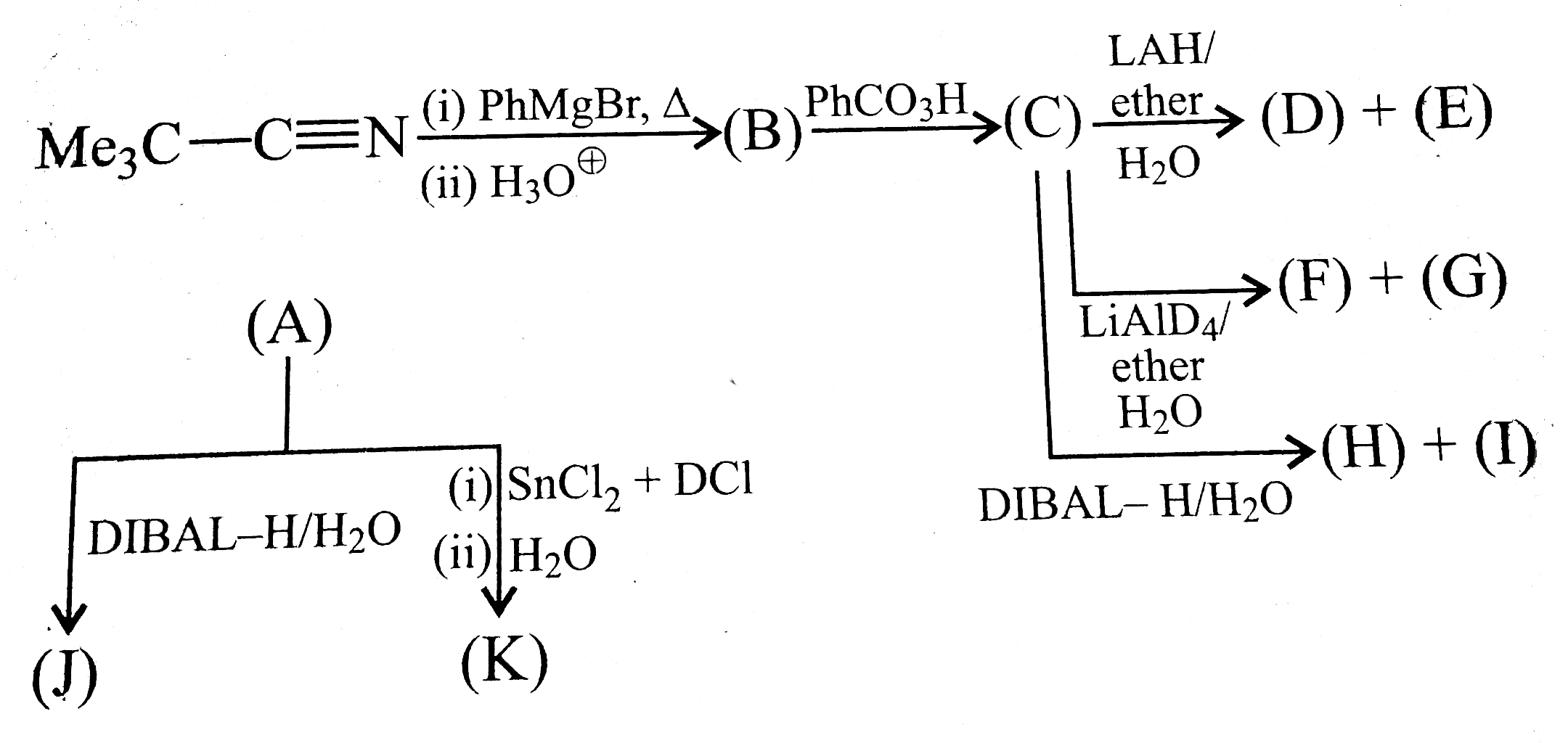
The compound (C ) and the reaction involving the conversion of (B) to (C ) are:
View Solution
